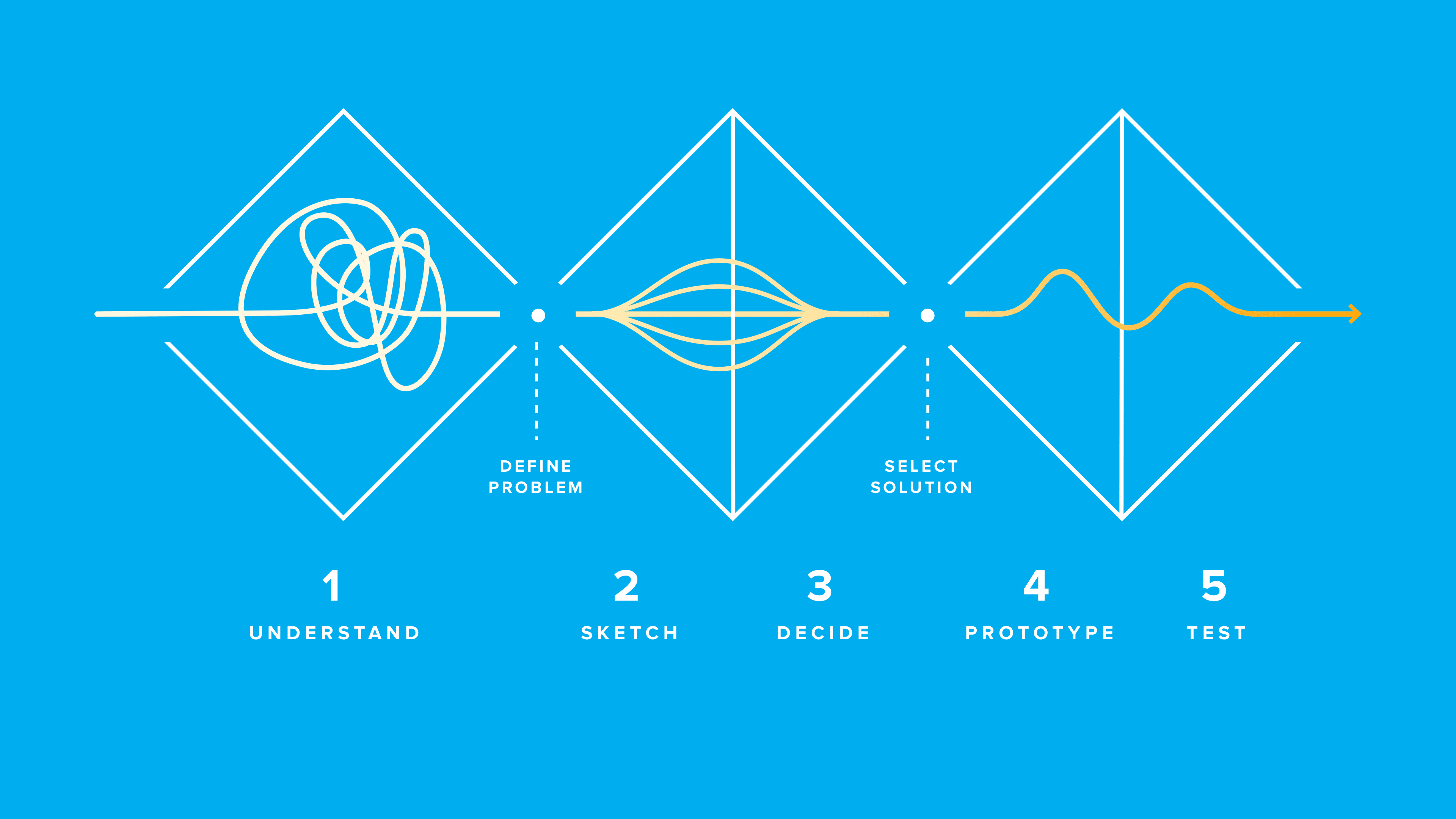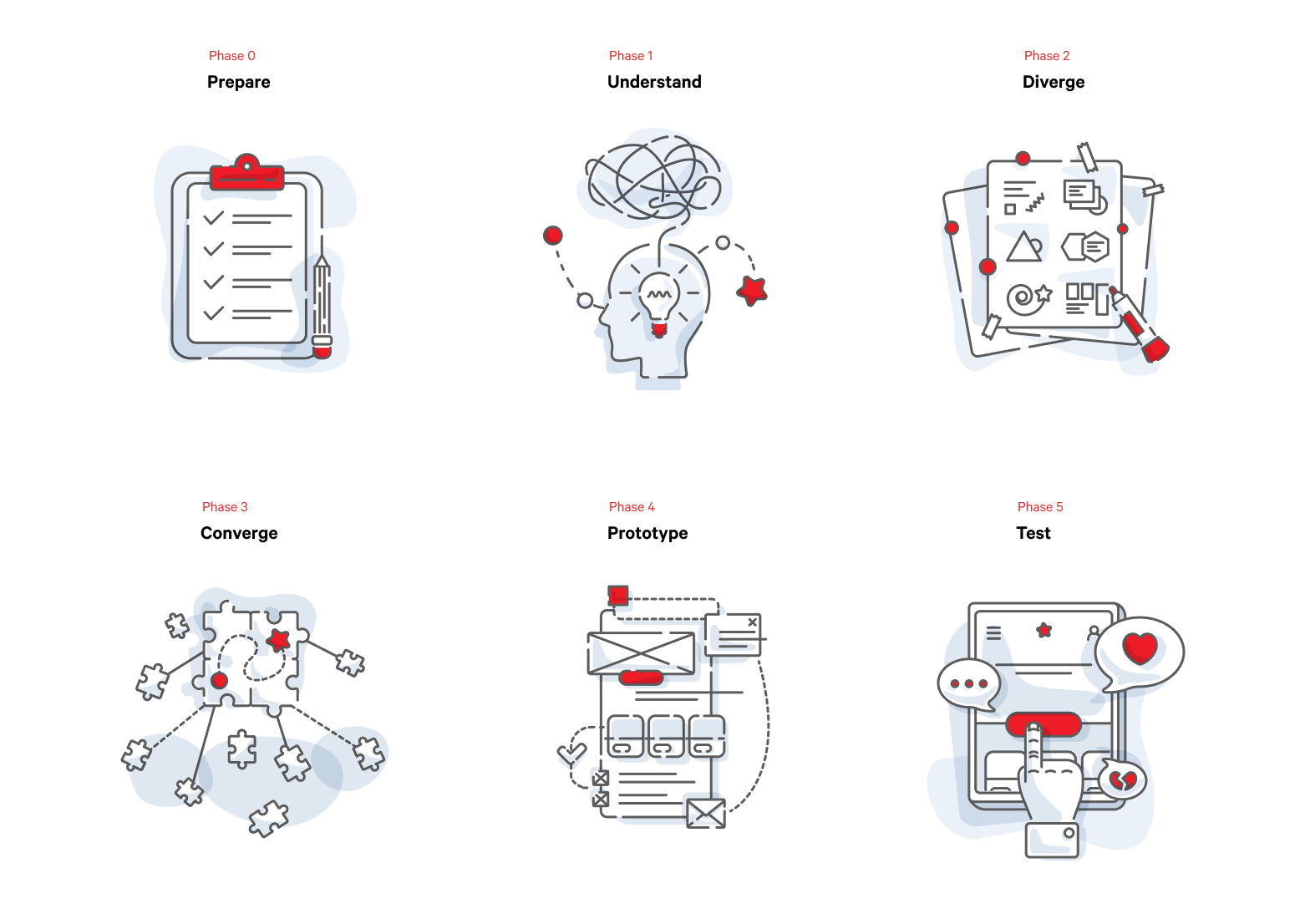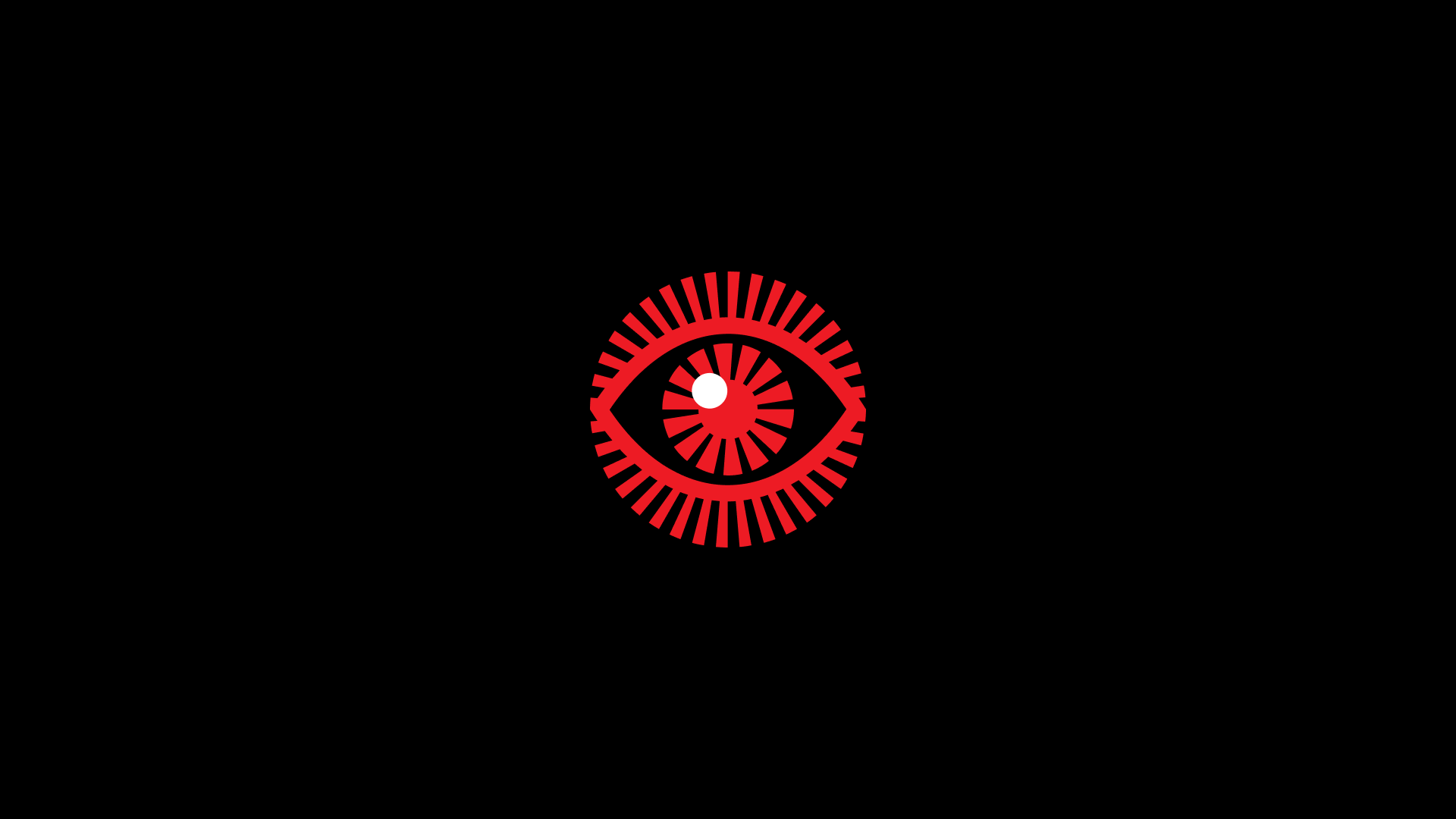It was developed by Jake Knapp and his team at Google Ventures and has been used by many leading companies, including Airbnb, Slack, and Google.
The sprint is a five-day process for answering critical business questions through design, prototyping, and testing ideas with customers. Developed at GV, it’s a “greatest hits” of business strategy, innovation, behavior science, design thinking, and more—packaged into a battle-tested process that any team can use.
Working together in a sprint, you can shorten the endless debate cycle and compress months into a week. Instead of waiting to launch a minimal product to understand if an idea is any good, you’ll get clear data from a realistic prototype. The sprint gives you a superpower: You can fast-forward into the future to see your finished product and customer reactions before making any expensive commitments.

5 Phases of a Design Sprint
1. Understand: In this phase, the team identifies the problem they are trying to solve and defines the project goal. The team also creates a map of the problem and reviews any existing research or data related to the project.
2. Sketch: This phase involves generating ideas for potential solutions to the problem. Team members work individually to sketch their ideas, then present and discuss them with the group.
3. Decide: In this phase, the team decides which ideas to pursue further. They use a series of structured exercises to narrow down the ideas to the most promising ones.
4. Prototype: The team creates a realistic, interactive prototype of the chosen solution, designed to simulate the experience of the final product.
5. Validate: In this final phase, the team tests the prototype with real users to validate its effectiveness and gather feedback. The team then iterates on the design based on the feedback received.

The Design Sprint is a valuable tool in the ideation phase of UX design methodology. It allows teams to test and iterate on ideas rapidly, helping to ensure that the final product meets user needs and expectations.
The big idea with a design sprint is to build and test a prototype in just five days. You’ll take a small team, clear the schedule for a week, and rapidly progress from problem to tested solution using a proven step-by-step checklist.
A Design Sprint is like fast-forwarding into the future so you can see how customers react before you invest all the time and expense of creating your new product, service, marketing campaign… or whatever!
But the Design Sprint is not just about efficiency. It’s also an excellent way to stop the old defaults of office work and replace them with a smarter, more respectful, and more effective way of solving problems that brings out the best contributions of everyone on the team and help you spend your time on work that matters.
Some key benefits of a design sprint include:
✦ Rapid validation of ideas and prototypes
✦ Improved team collaboration and communication
✦ Focus on user needs and experience
✦ Reduced risk of product failure
✦ Cost-effective solution testing and iteration
Design Sprint is a powerful tool for UX designers and product teams looking to validate and iterate on new product ideas quickly and efficiently.

